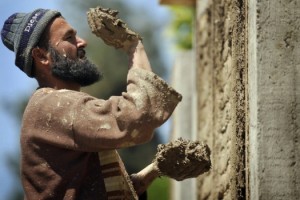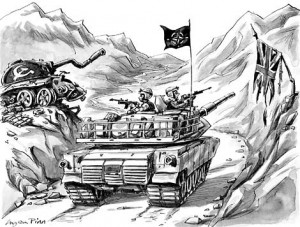BOSTON REVIEW
JANUARY/FEBRUARY 2010
‘The real danger is that al Qaeda and the Neo-Taliban will drag the United States into regional war’
The Obama administration’s troop surge fails to address the real threat in Afghanistan: the insurgents’ efforts to develop a regional strategy in South Asia. Washington’s focus—members of al Qaeda in Pakistan and Afghanistan and the traditional Afghan Taliban—misses the mark. Nir Rosen does, too, when he asks whether “a few hundred angry, unsophisticated Muslim extremists really pose such grave dangers to a vigilant superpower, now alert to potential threats.”
The November 2008 Mumbai attacks and the recent FBI arrests in Chicago for conspiracy to launch attacks in New Delhi suggest that containing the threat from Afghanistan is extremely complicated, and solutions must go beyond troop surges in Afghanistan, training Afghan police and soldiers, or even political dialogue with Taliban commanders inside the country. Intelligence agencies are now realizing that both the Mumbai events and the Delhi plans—plotted directly by al Qaeda affiliated groups, which I call the Neo-Taliban—were directly linked to Afghanistan, but also incorporated wider aims. The goal was to expand the theater of war to India so that Washington would lose track of its objectives and get caught in a quagmire.





